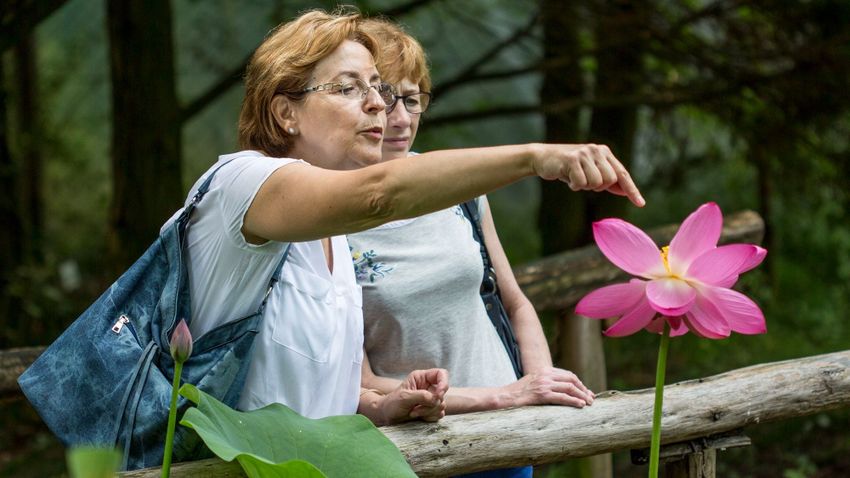Visitors to the botanical garden can enjoy viewing the lotus pond, which is also part of the Japanese garden. The Indian lotus plant of the same name for this event can be seen in its full glory at this time. In the lotus pond, visitors are greeted by a mass of dark pink lotus blossoms that stand high above the water’s surface. The Lake Island tea house offers a nice view and a place to rest to enjoy this special view.
The Software They start doing joint yoga on Saturday and Sunday as well. Concerts, lectures, dances and martial arts performances await visitors in various locations in the botanical garden, on the stage prepared for this event, in the Mediterranean greenhouse, on the shore of the Lotus Lake, and in the show tent. Those interested can learn the secrets of calligraphy and lotus painting, participate in a Japanese, Chinese or Korean tea ceremony, try the many yoga and meditation techniques or join a tai chi class. The Lotus Garden Tour begins every two hours, during which the herb garden workers will introduce the Far Eastern plants grown in the nursery, such as the lotus, and on Saturday and Sunday, during a pleasant walk, the native plants in Japan and the characteristics of Japanese gardens will also be discussed.
The Indian lotus is the pride of the herb garden at the University of Szeged, and the largest number can be found in Central Europe in one of the nursery ponds. The stock is as old as the Botanical Garden, and the first plants were brought to Szeged a few years after its founding, in 1932, from Lake Návay Castle in Óföldeák-Gencshát.
According to legend, the plant that gave life to Buddha is native to Southeast Asia and Australia, where almost every part of it is used. The flowers adorn the chapels, the stems in the underwater mud are fried, boiled, fried and eaten, dried and ground into flour, the young buds and leaves are used to make a salad or compote, the fruits are fried and shaved, the large leaves are used for wrapping.
Cover photo: Visitors look at the Indian lotus (Nelumbo nucifera) in the Szeged University Herb Garden on August 4, 2018 (MTI/Tibor Rosta)












































